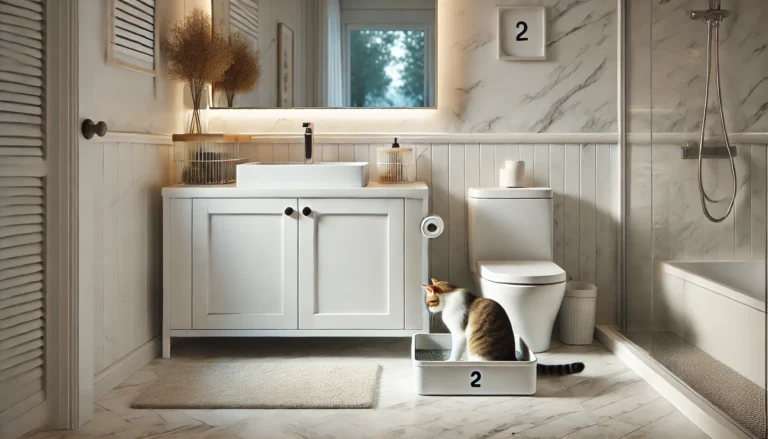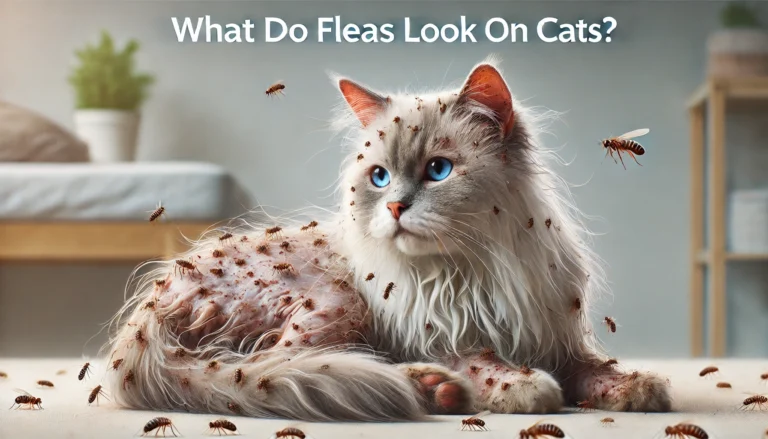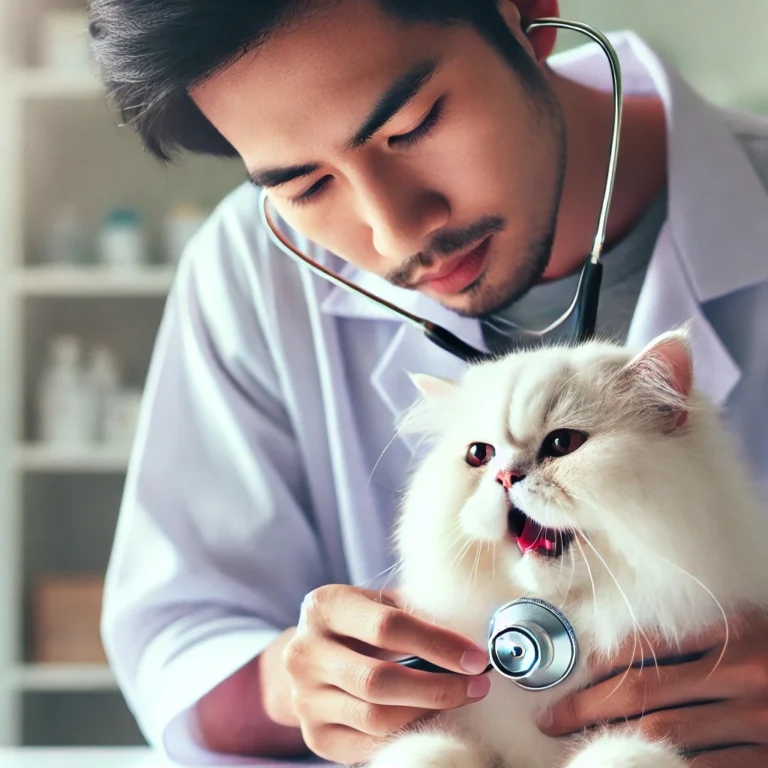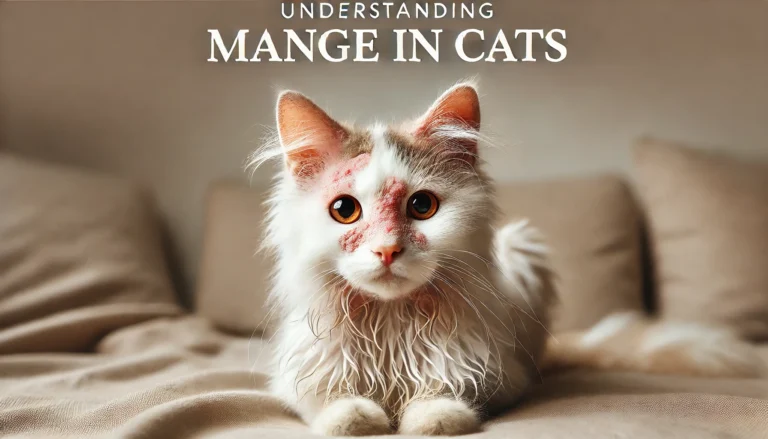signs my cat is dying-Do Cats Know When They Are Dying?

Do Cats Know When They Are Dying? NO!While science can’t confirm if cats know when they are dying, they may be aware of their final days.Dealing with the impending loss of a beloved pet is one of the most challenging experiences a pet owner can face. This guide aims to provide support and information to help you understand and manage the end-of-life process for your cat, ensuring they are comfortable and loved during their final days.
Section 1: Recognizing the Signs That Your Cat is Dying
Physical and Behavioral Signs
Recognizing the signs of a dying cat is crucial for providing the necessary care and making informed decisions. Key indicators include decreased appetite, lethargy, and changes in social behavior. Cats may also exhibit specific signs such as dilated pupils or decreased mobility, indicating their time may be near.
Understanding Cat’s Awareness of Death
Cats have an intuitive sense about their bodily states. Research suggests that like humans, cats can detect illness in themselves and others, potentially even sensing death. Observing your cat’s behavior can provide insights into their health status, including signs like hiding or changes in vocalization, which may indicate they are nearing the end of their life.

Section 2: Providing Comfort to a Dying Cat
Creating a Calming Environment
Ensuring your cat’s comfort is paramount as they near the end of their life. This involves setting up a quiet, comfortable area with easy access to food and water. Consider the use of soft bedding and maintain a warm room temperature to help alleviate any discomfort.
Addressing Pain and Discomfort
Pain management is a critical component of caring for a dying cat. Consult with your veterinarian about appropriate pain relief options, which may include medications or natural remedies. Monitoring signs of pain like restlessness or difficulty resting comfortably can guide the adjustments needed in their care plan.
Section 3: Making Decisions About End-of-Life Care
Veterinary Involvement
It’s essential to involve your veterinarian early in the decision-making process. They can provide valuable insights into your cat’s health status, prognosis, and quality of life. Regular check-ups can help you monitor your cat’s condition and make informed decisions based on their level of pain and discomfort.
- Regular Check-Ups: Maintain ongoing communication with your vet to track your cat’s health and manage any emerging symptoms effectively.
- Hospice Care: If your cat is not yet at the point of needing euthanasia but requires significant management for pain and discomfort, consider hospice care. This involves palliative care strategies aimed at maintaining comfort and quality of life without attempting to cure the underlying disease.
Considering Euthanasia
Euthanasia is often considered when a cat’s quality of life has declined to a point where day-to-day living is fraught with more pain than pleasure. It’s a decision that many pet owners face with a heavy heart but can also be a final act of love and compassion.
- Understanding the Process: Euthanasia typically involves administering a sedative followed by an overdose of a painless euthanasia solution, usually resulting in a peaceful and pain-free passing.
- Making the Decision: Reflect on your cat’s daily activities and interactions. Are they still enjoying life, or are they suffering? Assess their pain levels, mobility, appetite, and overall demeanor.
- What to Expect: Knowing what to expect during and after euthanasia can help prepare you emotionally and logistically, ensuring the process is as peaceful as possible for both you and your cat.
Opting for Natural Death
Some pet owners prefer to let their cats die naturally. This decision should also be made with the guidance of your veterinarian to ensure that your cat does not suffer unnecessarily.
- Comfort Measures: Focus on making your cat as comfortable as possible by managing symptoms of pain and providing a quiet, restful environment.
- Monitoring and Care: Keep a close eye on your cat’s hydration, nutrition, and comfort level. Adjust care as needed and consult with your vet about palliative care options that can be administered at home.
DO YOU KNOW
Cats go through significant developmental changes early in life, reaching the equivalent of human adolescence and young adulthood within just a couple of years. After this initial period, their aging process begins to slow. Cat years to human years is very interesting part to understand the whole process.
Section 4: Grieving and Support.
Losing a pet is an emotionally challenging experience that often results in profound grief. Recognizing the importance of this process and knowing how to navigate it can help you cope with the loss of your cat. Here’s a guide to understanding and managing grief, along with information on the types of support available.
Understanding the Grieving Process
Grieving the loss of a pet is similar to grieving the loss of a family member or friend. It’s normal to experience a range of emotions, from sadness and anger to guilt and despair. The grieving process is highly individual, with no “right” way to feel or heal.
- Stages of Grief: Familiarize yourself with the stages of grief, including denial, anger, bargaining, depression, and acceptance. Not everyone will experience all stages, and they may not occur in order.
- Allowing Yourself to Feel: Give yourself permission to grieve and feel the pain of the loss. Suppressing your emotions can delay the healing process.
Coping Mechanisms
Developing coping strategies can help you manage the emotional impact of losing your pet.
- Personal Reflection: Spend time reflecting on the joy and companionship your cat provided. Remembering the positive times can be comforting.
- Creating Memorials: Creating a physical or digital memorial can provide a sense of closure and a place to reflect on your cat’s life.
- Writing and Art: Express your feelings through writing, drawing, or other artistic expressions. This can be a therapeutic outlet for your emotions.
Family and Children
If you have children, they may need help coping with the loss of a pet. It’s important to be open about the situation and encourage them to express their feelings.
- Honest Conversations: Discuss the death in age-appropriate terms. Avoid euphemisms like “put to sleep,” which can be confusing or misleading.
- Involve Them in Rituals: Let children be part of the goodbye process, such as a small funeral or memorial, which can help them understand and accept the loss.
Seeking Support
Reaching out for support can significantly ease the burden of grief.
- Support Groups: Many communities and online platforms offer pet loss support groups where you can share your feelings with others who understand what you’re going through.
- Professional Help: If your grief feels overwhelming or unmanageable, consider seeking help from a counselor or therapist, especially one experienced in pet loss.
Celebrating Your Cat’s Life
Focus on celebrating the life of your cat rather than the loss. This can shift your perspective from grief to gratitude over time.
- Sharing Stories: Share stories of your cat with friends or family who knew them. This can bring shared comfort and laughter amid the sadness.
- Anniversary Activities: On the anniversary of your cat’s passing, consider doing something meaningful in their memory, such as donating to an animal shelter.
Conclusion
Facing the reality that your cat is nearing the end of its life is an incredibly difficult journey filled with emotional challenges and decisions. This guide on “My Cat is Dying” has aimed to provide you with comprehensive information and compassionate advice to help you recognize the signs of your cat’s final days, understand the options available for end-of-life care, and manage the emotional impact of your beloved pet’s passing.
Do cats sense when they are dying?
It is commonly believed that cats have an inherent sense that they are approaching death, which can influence their behavior. As a “cat is dying,” they may exhibit behaviors like withdrawing from their usual interactions and seeking solitude. These actions might be a cat’s natural instinct to manage their discomfort or distress alone. Observations from both pet owners and veterinarians suggest that cats often become very quiet and may hide in secluded spots during their final days.
How does a cat act before it dies?
Before a “cat is dying,” there are several changes in behavior that are commonly observed. Cats may withdraw from their families and seek quiet, isolated places. They often lose interest in food and water, and their mobility may decrease significantly, showing less interest in playing or exploring. Some cats may become more clingy to their owners, seeking comfort and reassurance. Additionally, physiological changes such as labored breathing, decreased grooming habits, or changes in vocalization may occur as they near the end.
Do cats leave when they know they’re going to die?
It is a well-known belief that cats tend to hide or even try to leave home when they sense that they are about to die. This behavior is thought to be rooted in their instincts—an evolutionary trait to protect themselves from predators when they are vulnerable. When a “cat is dying,” they might seek out a quiet, hidden space to pass away peacefully. This can sometimes lead to cats disappearing for days, seeking solace in solitude during their final moments.
Do cats know when they are going to be euthanized?
Cats are highly intuitive and sensitive to changes in their environment and the emotions of their owners. While it’s unclear if a “cat is dying” knows the specific intent behind euthanasia, they can certainly detect the stress and sorrow in their human companions, which might alert them that something significant is about to occur. During euthanasia preparations, the environment often changes, with unfamiliar items or people present, which can make a cat more alert or anxious.
Do cats say goodbye before dying?
Many pet owners report experiencing what they believe to be their cats saying goodbye before passing away. This might include unusual behaviors like seeking out each family member for a final nuzzle, being unusually affectionate, or simply coming to sit nearby. While not scientifically proven, these anecdotes suggest that as a “cat is dying,” they may have a unique way of expressing their farewell, which can be comforting for those grieving the impending loss.
What is the last stage in a cat’s life cycle?
The last stage in a cat’s life cycle is often referred to as the geriatric stage, which progresses to the final days characterized by a notable decline in physical and mental health. As a “cat is dying,” there might be significant reductions in vitality, mobility, and overall responsiveness. Health complications such as kidney failure, heart disease, or severe arthritis are common. This stage requires compassionate care and often medical intervention to maintain the quality of life until natural death or euthanasia.
Should I leave my cat alone when he’s dying?
Whether you should leave your cat alone when he’s dying depends on your cat’s behavior and preferences. Some cats prefer solitude when they are not feeling well, including when a “cat is dying.” However, many cats may appreciate quiet companionship. Observe your cat’s behavior closely; if they seek out quiet corners but do not seem stressed when you are present, they likely would appreciate you being nearby, offering gentle reassurance and comfort.
How do cats act at the end of life?
At the end of life, a “cat is dying” might display several signs that indicate they are close to passing. These can include severe lethargy, refusal to eat or drink, withdrawing to isolated areas, and possibly showing signs of confusion or distress. Physical symptoms might include labored breathing or a noticeable decrease in body temperature. It’s crucial to provide a serene and comfortable environment during these final days or hours.
Do cats feel anything when they are put down?
When euthanized, a “cat is dying” is generally administered an overdose of anesthetic, which first puts them into a deep sleep before their vital functions cease. The process is designed to be as peaceful and pain-free as possible. The initial sedative helps ensure they feel no pain during the procedure, aiming to make their final moments calm and gentle. This method is widely considered the most humane way to manage a cat’s suffering at the end of life.






